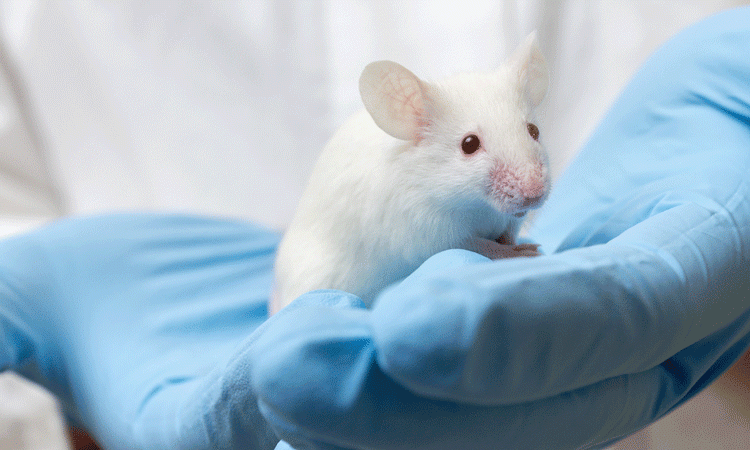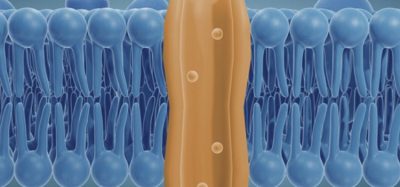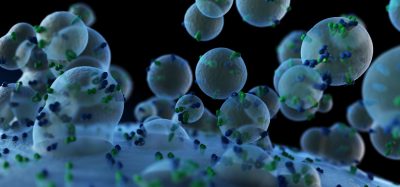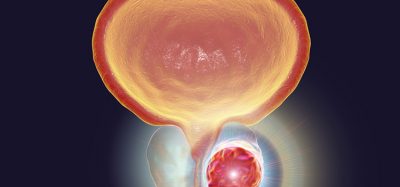Researchers prevent schizophrenia progression in mice
Posted: 10 September 2019 | Victoria Rees (Drug Target Review) | No comments yet
Using mice models in late adolescence, researchers have successfully treated schizophrenia which could help develop therapies for the condition.


Researchers have discovered a treatment pathway for schizophrenia in mouse models, which they suggest could be used for the treatment of young patients with the condition.
…adult mice showed severe dysfunctions in PV neurons, which control neural networks”
The investigation was conducted at the Friedrich Miescher Institute for Biomedical Research (FMI), Switzerland.
Typically, the symptoms of the condition appear between late adolescence and young adulthood. Using LgDel mice, genetically engineered to have schizophrenia, the researchers investigated the cognitive deficits characteristic of the condition.
They found that adult mice showed severe dysfunctions in PV neurons, which control neural networks. This caused network synchronisation deficits, typical of schizophrenia. However, although these dysfunctions spread through the adult mice brains, they were present in the adolescent models.
The researchers subsequently targeted this late adolescent time frame. Repeated treatments to the hippocampal PV network with common antipsychotic drugs or with more specific genetic activators prevented the network dysfunctions and cognitive deficits.
“Our findings in a genetic mouse model support the hypothesis that a critical developmental time window influences the emergence of schizophrenia at the transition between late adolescence and adulthood and that it is possible to prevent the progression of schizophrenia by treatment during that time window,” says Pico Caroni, who led the study. “It might be possible to build on our study to develop therapeutic strategies to prevent the outbreak of schizophrenia at risk individuals.”
The results were published in Cell.
Related topics
Disease Research, Drug Targets, Neurons, Neurosciences
Related conditions
Schizophrenia
Related organisations
Friedrich Miescher Institute for Biomedical Research (FMI)
Related people
Pico Caroni








